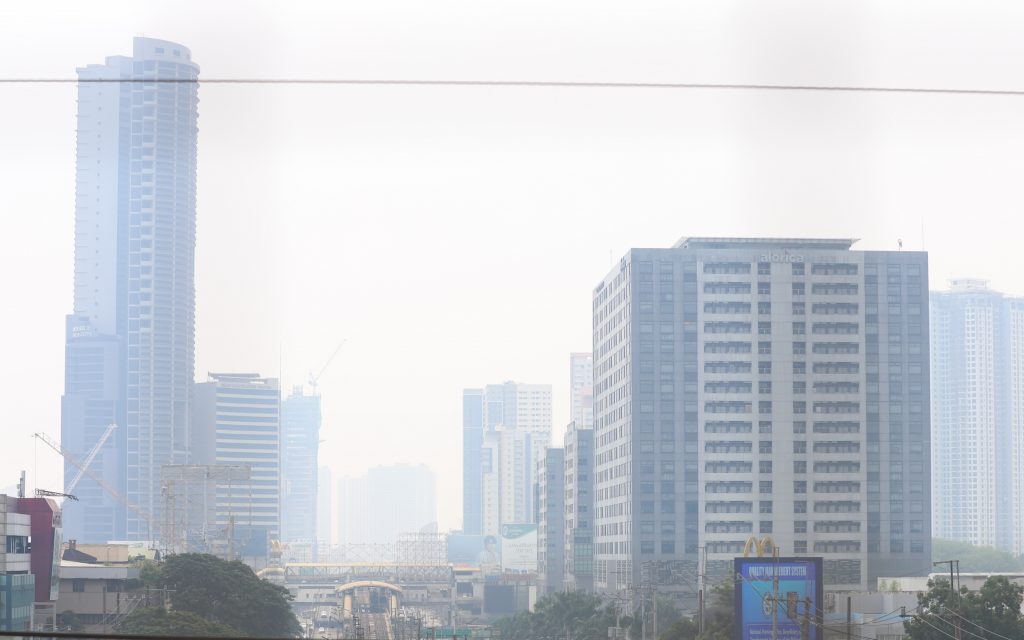Headline
Solidum says haze in NCR due to Taal, ‘human activities’

MANILA – The Philippine Institute of Volcanology and Seismology (Phivolcs) acknowledged on Wednesday that the Taal volcanic smog (vog) has reached Metro Manila and nearby provinces, aside from “human activities” that contributed to the haze observed in these areas.
On Tuesday, Phivolcs released a statement, saying the haze in Metro Manila was not from Taal Volcano. On Wednesday, however, it said that based on open satellite data information for volcanic sulfur dioxide (SO2), it was learned that plumes have actually spread over Batangas, Laguna, Cavite, Rizal, Bulacan, Pampanga, Bataan, Zambales, and the National Capital Region.
“Satellite detection on June 29, 2021 showed an even larger coverage of Luzon.” it added.
“In view of the scientific data from the above satellite platforms, the DOST-Phivolcs stands to acknowledge evidence of the wider extents that volcanic SO2 have actually spread over the NCR and adjoining provinces and gives credence to the many observations that the public have communicated,” Phivolcs said Wednesday.
In an interview with the Philippine News Agency, Phivolcs Director Renato Solidum, Jr. noted the timing of the occurrence of smog in Metro Manila and when the SO2 got dispersed from the volcano.
“It is clear that vehicle emission and other human activities significantly contribute to the occurrence of pollution in urban areas. (It was) clearly seen that smog was rising from the ground up. We could see this especially in the morning when smog was all over Metro Manila,” he said.
The pollution in Metro Manila due to vehicle emissions and other human activities was worsened by the presence of warmer air as a result of temperature inversion which, he said, started last June 26 and ended June 30 based on the weather bureau’s record.
“This warm air prevents the rise of cold and heavier air with pollutants. The pollution and smoke have been trapped from the ground and below the warm air layer helping promote the accumulation of smog over NCR and nearby provinces,” Solidum explained.
The official added the air quality in NCR has worsened starting June 26 even though there was no SO2 dispersion over Metro Manila as seen in satellite images.
“SO2 emission from Taal Volcano last June 28 measured 14,326 tonnes per day and the volcanic plume reached 3 kilometers and drifted to the northeast based on observations. However, satellite information from NASA released yesterday afternoon and evaluated last night showed that SO2 was dispersed last June 28 over NCR and nearby provinces contributing to the hazy condition in the air mass above the ground,” Solidum said.
He also clarified that Phivolcs has based its statements on actual observation of smog in Metro Manila, and data that they have on hand.
“With recent data gathered, there was a need to provide a complete scenario, with smog due to pollution made worse by temperature inversion, and additional contribution to haze with SO2 gas dispersed over NCR and other provinces,” Solidum said.
Vog is a type of air pollution caused by volcanoes. It consists of fine droplets containing volcanic gas such as SO2 which is acidic and can cause irritation of the eyes, throat, and respiratory tract in severities depending on the gas concentrations and durations of exposure.
Phivolcs on Monday and Tuesday said vog has been observed over the Taal caldera.



























